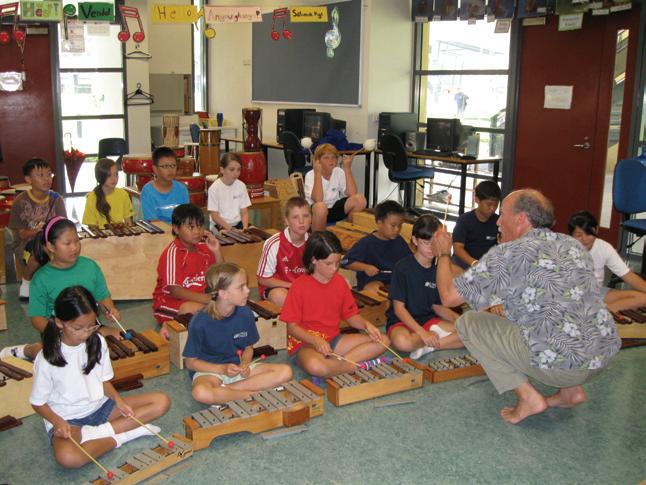Paper and Pencil = Stone Tablet and Chisel
The New Tools: Blogs, Thumb Drives, and Digital Cameras
As the curve of technological advances becomes ever steeper, and innovations are born with increasing frequency, the tools available to teachers and students are growing exponentially. These tools can be tremendous assets, particularly when teaching students language arts. Isn’t language arts the study of written and oral communication? Doesn’t this crucial subject area focus on sending and receiving messages? Today’s world is filled with a dizzying array of media, and messages are sent and received in many different ways. We are no longer simply preparing students to read and write letters, newspaper articles, and traditional texts. Consider the amount and variety of modern forms of communication: emails, text messages, websites, television, instant messaging, blogs, and wikis. Traditional texts are still an important part of modern media, but are we adequately preparing students to create and cope with the many forms of communication that they encounter in the average day? Undoubtedly, a language arts curriculum should be grounded in solid reading, writing, speaking, and listening skills. Students can certainly practice and develop these skills through the use of pencils, paper, and books, but shouldn’t they also be interacting with more modern forms of communication? My grade four team at Thai-Chinese International School (TCIS) discussed these types of questions at great length. We asked ourselves what we could do to better equip our students for the future. We realized that we needed to get our kids creating content for the web. Normally, students were creating written works for an audience that included their teachers, classmates, and parents. My team understood that publishing student work online could grant students a wider audience, and in turn, students might begin to place more value on their written work. After scouring the internet for student-based resources, we discovered the perfect website: www.think.com. The website is offered by the Oracle Education Foundation and is a free, password-protected, safe website that allows students to create their own web pages. Only teachers and students have access to the site, which aids in keeping the web spaces safe. There are no advertisements and all obscene words (in multiple languages) are automatically blocked. Students must receive parental permission to use the site, and nearly all of our students did receive approval from their parents.
I’m doing during the weekend. Schools around the world are using www.think.com connecting our students to students in countries across the globe. Students often excitedly come in to class in the morning to announce that they’ve received messages from India, Australia, the United States, England, China, or countless other nations. A few years ago, our lower school director, John Jenkes asked our team to read an article about portfolios in order to start a discussion about our use of portfolios. The article included a section related to the concept of eportfolios that really intrigued our team. We liked the idea of students storing their writing electronically, making it much easier to share. A discussion developed about the idea of storing our eportfolios online using Think.com. We realized that if students kept their pieces of writing on their websites, then they could be easily accessed from home and at school. Parents would be able to view their work anytime along with their grandparents in Taiwan (if students shared their usernames and passwords with them). Another benefit of students’ publishing/storing their writing online was that it would expose their writing to a much larger audience. Occasionally, I’d been disheartened to see a student take a paper they’d written, one that I’d graded and returned, and throw that paper into the garbage without bothering to share it with their parents. I realized that some students placed little value on their writing. My team hoped that publishing their work online for the world to read would help them to find the worth in their work. The idea worked! Students began to put more time and effort into their writing in hopes of attracting positive comments from other teachers and students around the world. Their writing suddenly obtained a much greater sense of worth. Students stopped putting their writing in the garbage can, and started putting it on the World Wide Web instead.
The grade four teachers requested that students purchase portable “thumb drives” to store and transport their works in progStudents are able to create their own personalized web pages ress from one computer to another. Students proudly wore these to that include text, photos, video, and multimedia. They are able to school and compared their drives with their friends. It was increcreate “votes” allowing visitors to their page to vote on a question dible the amount of enthusiasm that they displayed by using this generated by the student such as “what is your favorite subject?” new tool. By our second year, the cost of thumb drives were half as or “what food do you like best?” Students and teachers can leave much as the previous year while the storage was double. Students messages and comments for each other—I sometimes receive mes- carried around their thumb drives, which they filled with music, sages asking for clarification about assignments or asking me how documents, and videos. When I used educational songs in class, -24-





























